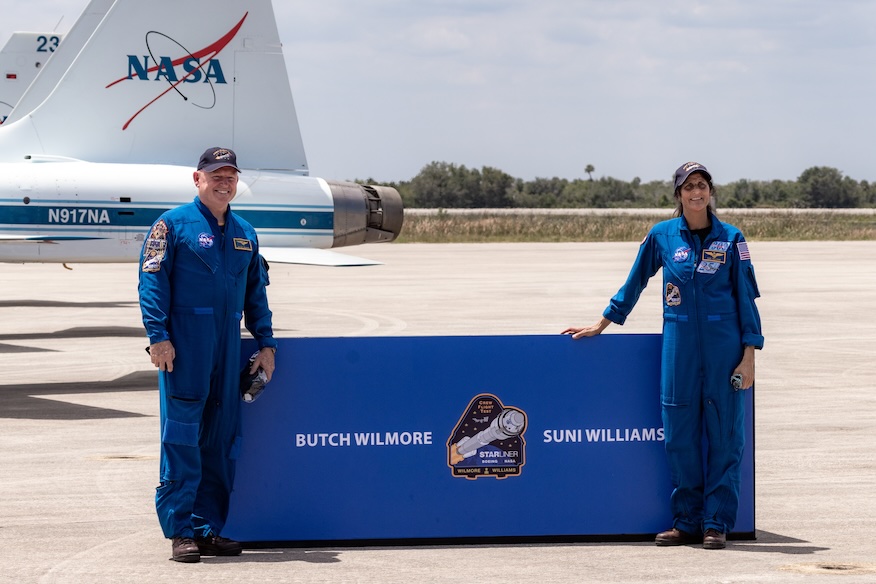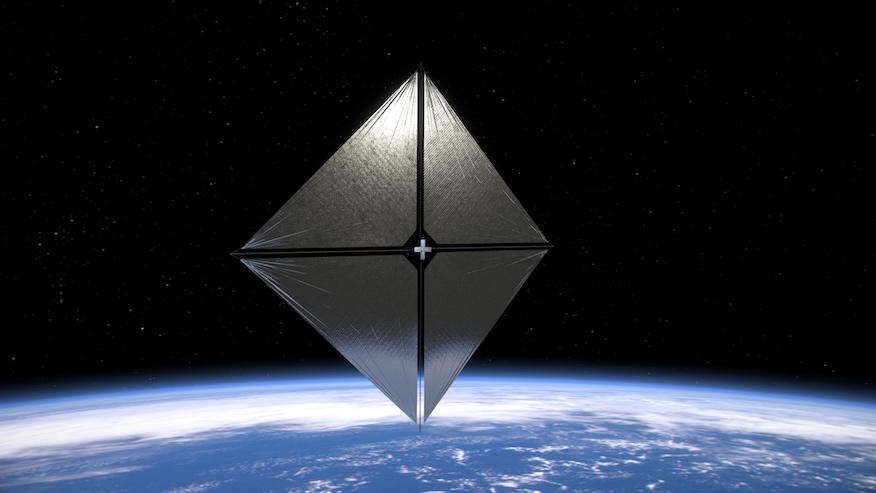NASA astronauts arrive at Kennedy Space Center ahead of Boeing Starliner Crew Flight Test
NASA astronauts Butch Wilmore (left) and Suni Williams (right) pose by their mission patch following their arrival at NASA’s Kennedy Space Center in the run-up to the Starliner Crew Flight Test on May 6. Image: Adam Bernstein/Spaceflight Now For the first time since the end of the shuttle program, a trio of T-38 jets cruised …









